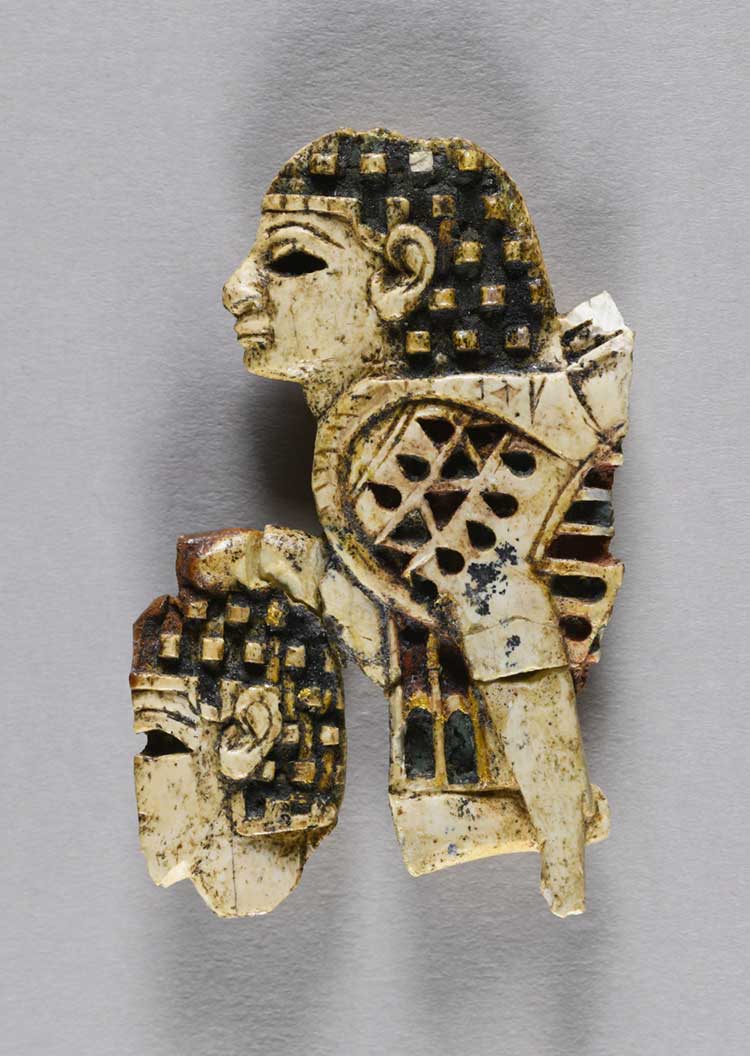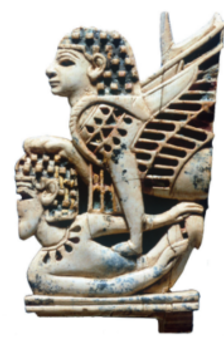 In 2023, the Michael C. Carlos Museum returned an Assyrian ivory furniture applique (2006.021.001) to the government of Iraq following research which revealed that it belongs to the Iraq Museum. It is presumed that it was looted from the museum in the aftermath of the 2003 Iraq War, then entered the illicit trade in antiquities.
In 2023, the Michael C. Carlos Museum returned an Assyrian ivory furniture applique (2006.021.001) to the government of Iraq following research which revealed that it belongs to the Iraq Museum. It is presumed that it was looted from the museum in the aftermath of the 2003 Iraq War, then entered the illicit trade in antiquities.
Acquisition Background
When the object was purchased in 2006, the provenance information supplied to the museum indicated that it came from a private collection that was formed in the 1960s.
Investigative Research
Through the course of ongoing research into the provenance of objects in the Carlos collection, in early 2022, the museum’s provenance researcher identified a published image of an ivory from Nimrud that strongly resembled the object in the Carlos’s collection. Her research identified an additional article that explained how these ivories from Nimrud had been catalogued and photographed by scholars from the British School of Archaeology in Iraq in 1983. The ivory in question was noted as having the Iraq Museum inventory number of IM 74856. 
Despite the extensive damage that happened to the piece since the original photographs were taken, enough unique features survive to match it to the published photos. This match was confirmed with the scholar who published the ivories, who corroborated the timing of her work in the 1980s and their publication in 2012/3.
Decision
Based on the match, the Museum took action to return the object to the Iraq Museum. Working with the FBI and the Embassy of the Republic of Iraq in Washington, DC, the object was returned to the Republic of Iraq on March 8, 2023.
Featured images:
"Furniture Fitting with a Sphinx Trampling a Nubian," Phoenician. Iron Age II, 7th Century BCE. Ivory, pigment, gold leaf. Gift of 2006 Veneralia Patrons in honor of Monique and Ferdinand Seefried. 2006.021.001
Georgina Herrmann and Stuart Laidlaw, “Assyrian Nimrud and the Phoenicians,” Archaeology International 16 (2012-2013):
Figure 8.




